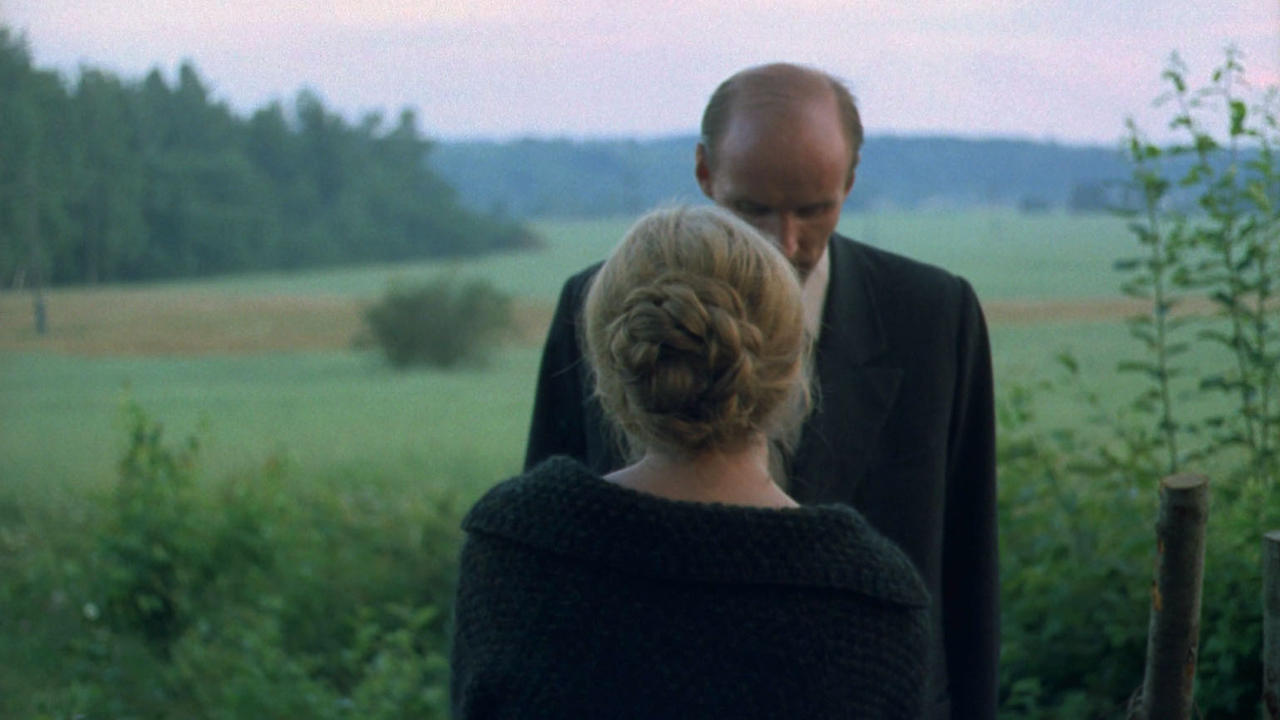
“There are no rules of architecture for a castle in the clouds,” Gilbert K. Chesterton’s rebellious artistic mind once pondered. Rules were originally fabricated during the dawn of lateral thinking, in order to describe the tangible, define the feasible foundations of solid materials and ideas, and eventually interpret the complexity of both nature and intellect.
Throughout history, though, new rules appeared again and again so as to deconstruct various longstanding cultural norms, and moreover, reach deeper levels of creativity and thoroughness.
If our kind’s intelligence has built castles on earth by using the mathematical rules of science, then art’s ablative architecture reflects on noble castles that rise among the heavy clouds of our unbound mentality. Along these lines, cinema has accomplished several rule-breaking and pioneering steps.
From the breathtaking effect of the Soviet montage to the narrative unconventionality of the French New Wave, and from Yasujirō Ozu’s geometrical frames to the lyrical time-covering one-shots of Theo Angelopoulos, cinema is variegated, innovative, and beautiful.
The following list is just meant to focus on 10 significant cinematic creations that are distinguished by enterprising technical elements, and moreover, stand for the decisive turning points of the multi-part curve that defines the evolution of cinema over time.
10. Lost Highway (1997)
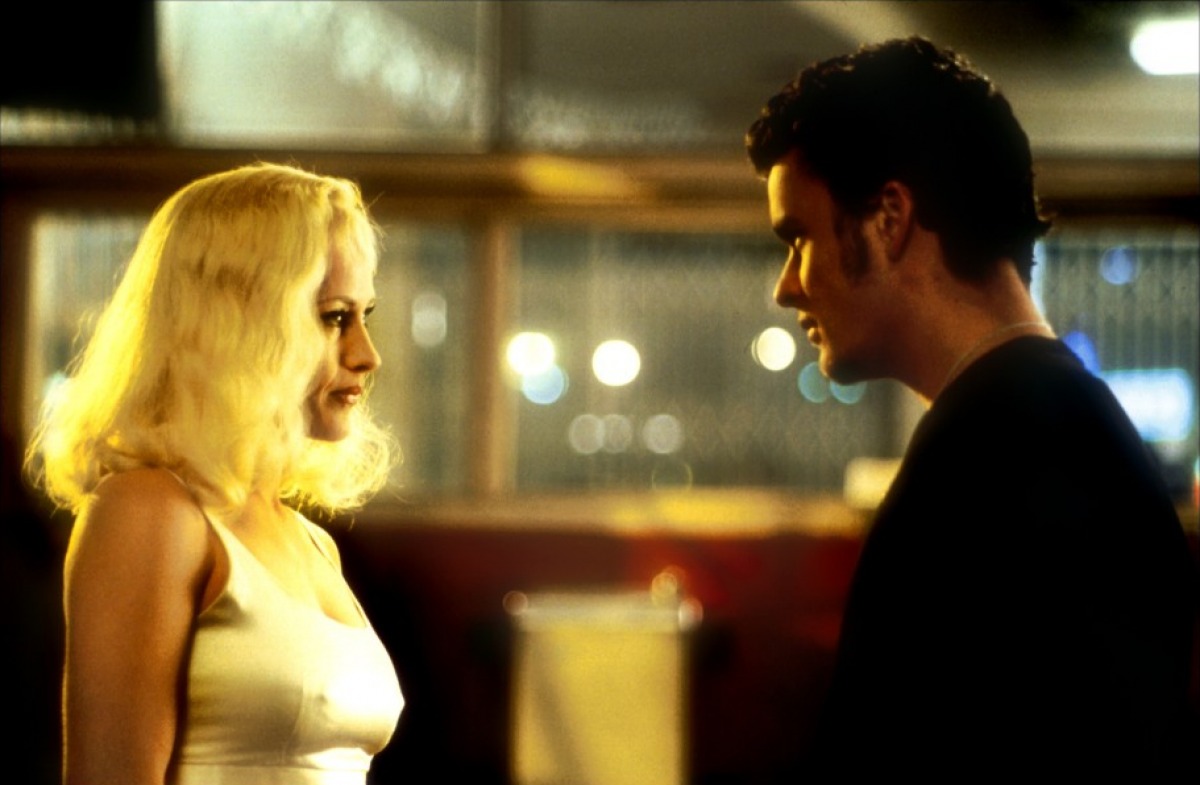
From the disguised bipolar battle between evil and good of “Blue Velvet,” to the deep subconscious terrors of “Mulholland Drive,” David Lynch has proved that cinema, more than portraying reality, is meant to explore and comprehend the ideas that are hidden behind the faded fabric of our daily interactions and behaviors. His quite inaccessible but still mesmerizing film “Lost Highway” epitomizes Lynch’s groundbreaking approach toward reality, time, and human relationships.
Depicting the degenerated relationship of a married couple in two parallel dimensions of time, which intersect and inexorably interplay in a seemingly inexplicable circle of tragedy, connection, and divergence, the great American director overcomes the lines of the space-time continuum, so as to study the mental reflections of the film’s actual events on his heroes, and essentially comprehend the decisive and long-standing imprint of the crucial events in life.
In order to make possible a deliberate navigation within the psychological landscape of his film, Lynch handles uniquely the foundations of space and time, while he uses classic cinematography techniques in his own untraditional way. For instance, a slow fade-out commonly takes place in order to indicate a big gap of time between two scenes.
In the case of “Lost Highway,” the fade-outs aren’t meant to give directions in relation to the time evolution. The result, in its terrifying ambience and purposeful chaos, inserts a new cinematic code and creates new cerebral channels of sentience.
9. The Color of Pomegranates (1969)
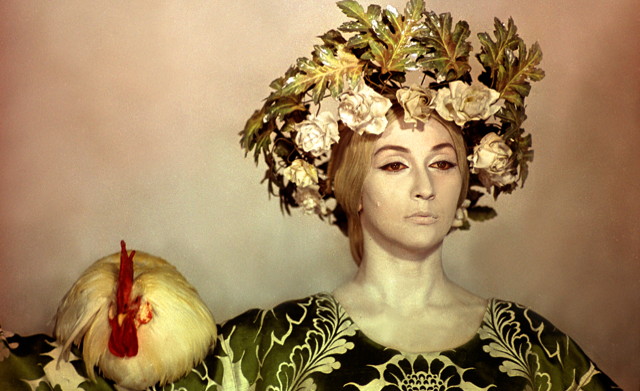
A poet’s biographical film, more than reflecting his life’s events in the common sense, needs to be poetic and capture his own aesthetic philosophy. Sergei Parajanov’s endeavor to create a cinematic depiction of Sayat-Nova, an extravagant poet and musician of the 18th century who was highly recognized in Armenia, manages to mirror his artistic identity and visions through an absolutely unique and visually stunning cinematic portrait.
Unconnected lengthy scenes synthesize this dazzling film, gently following the poet’s life from childhood to the end of his days. The images engage an aspect of the real settings with an evasive but still comprehensible portrayal of the artist’s mental development. Through the static beauty of the story’s imagery, an untraditional narration unfolds fluidly, revealing in the most lyrical way possible the critical points of the eccentric poet’s existence.
Glorifying the ethnic culture of his territories, and by accomplishing an unparalleled synthesis of filmmaking, visual arts and poetry, the controversial Armenian director created an artwork that defines a cinematic landmark of innovation. “The Color of Pomegranates” definitely stays with you for long, through its intoxicating beauty and reverent spiritual explorations.
8. Holy Motors (2012)
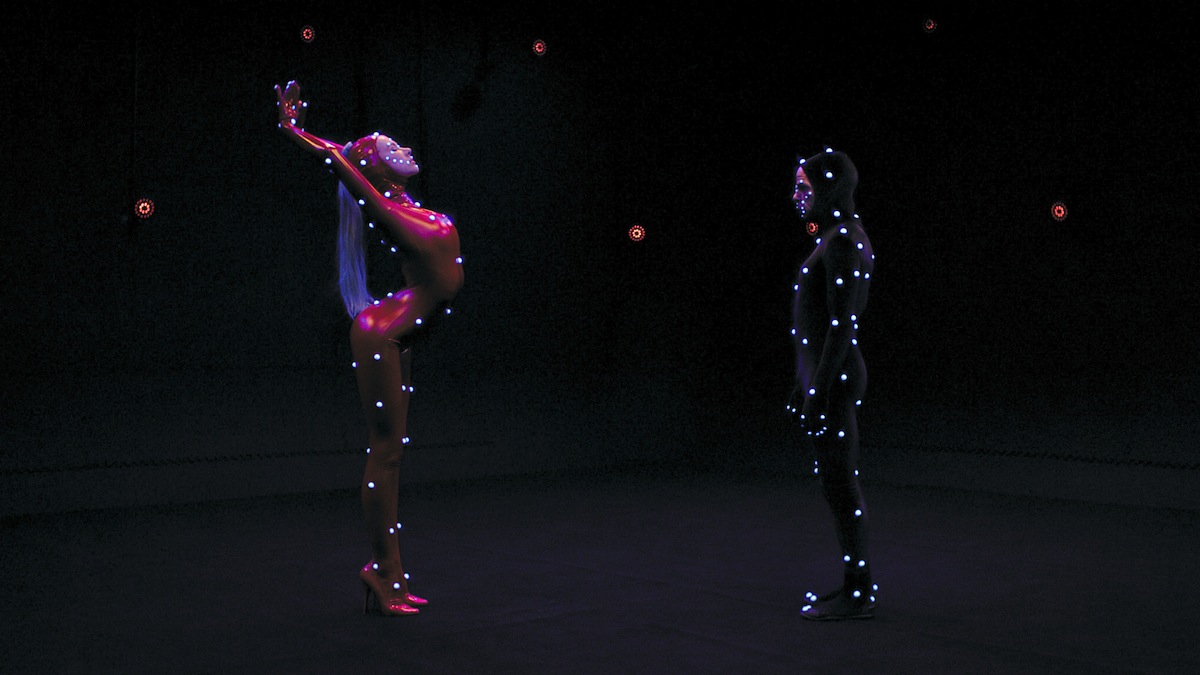
Leos Carax’s highly debated and divisive recent film “Holy Motors” carries out a confusing sightseeing in our life’s significant stations through the telepathic and self-originating portals of filmmaking. At the beginning of the film, Carax himself wakes up from a dream, or maybe into a dream. Facing a vast forest covering the walls of his room, he unlocks a door with his finger, taking us to his film’s complex, wondering and allegoric reality.
Monsieur Oscar, transported in a limousine, masquerades as various different and diverse figures in order to roam around Paris and interact with broad-based people from dawn to dawn, in a mystified but meaningful sense. His disguises involve deeply painful aspects of humanity; aspects related to deprivation, moral falloffs, daily decaying, social contradiction, political absurdity, love, and hate. All these components synthesize the intricate net force of life.
In this fashion, Carax suggests that films are holy motors that carry out countless emotionally charged and apocalyptic voyages within life’s multileveled construction, and moreover, within spirituality’s demanding and inexplicable nebula. The nonlinear narrative doesn’t lead to the understanding of a specific and consistent setting, but essentially reveals a composite, self-denying, and tormented real world.
7. Rashomon (1950)
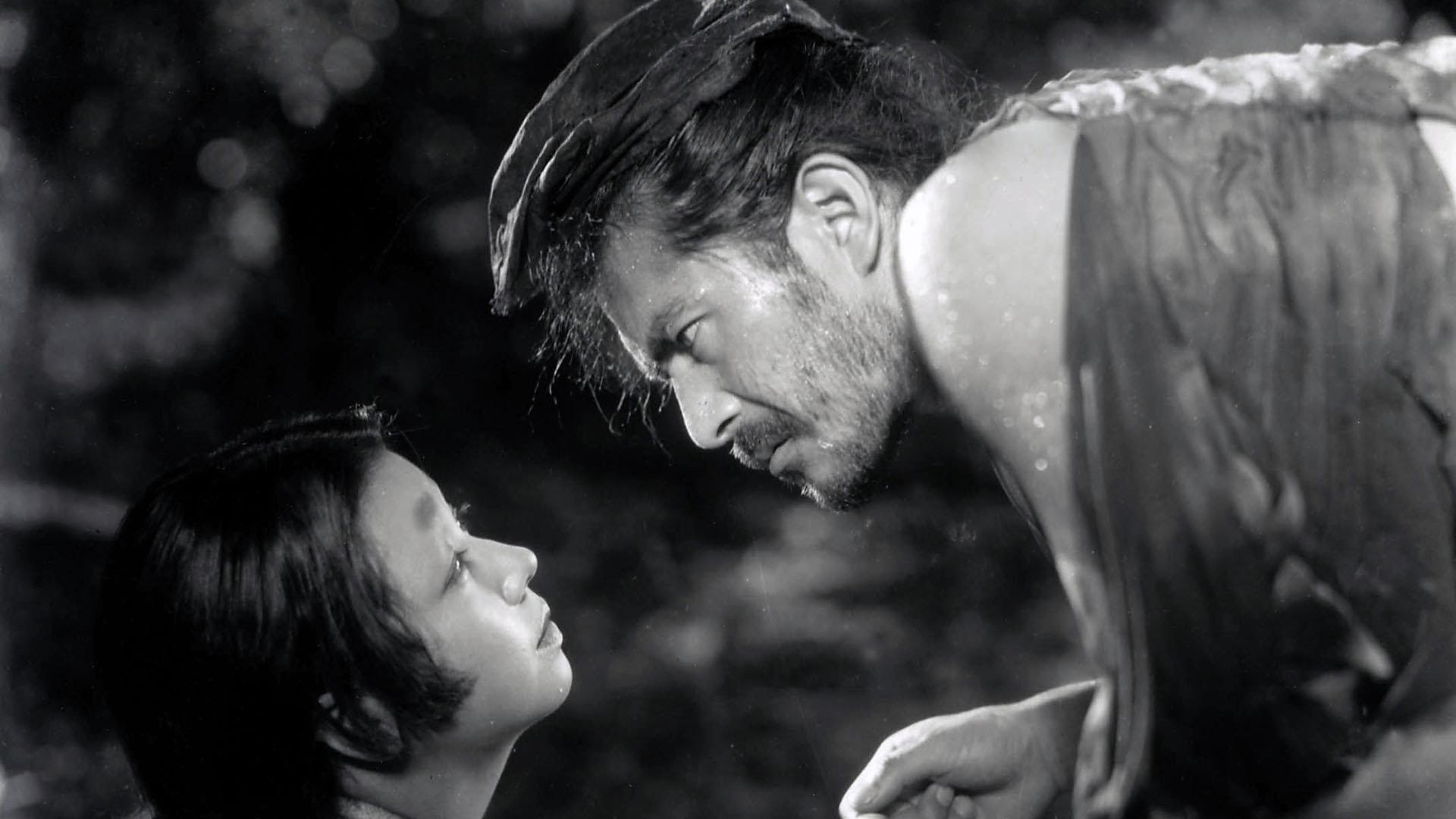
Akira Kurosawa’s vast filmography entails plenty of masterpieces. His work is rich in conceptual incisiveness, social analyses, spiritual expositions and utter visual beauty. Kurosawa’s emblematic films are numerous, diachronic, and variegated. His 1950 classic “Rashomon,” however, is a highly influential cinematic monument, in technical terms of narration.
Four individuals are involved in a sequence of events that led to the inevitable act of a crime. In the process, each of the four participants narrates the crime’s evolution according to his personal point of view and psychological connection to the situation’s aspects. The juxtaposition of one single story from various different angles became a ground-breaking technique, nowadays known as the “Rashomon effect.”
The “Rashomon effect” has been implemented repeatedly since its inception by the legendary Japanese director. From the brilliantly crafted “The Usual Suspects” of 1995 to the thrilling plot of Chan-wook Park’s recent film “The Handmaiden,” the seventh art has proven that objectivity is a deeply complicated task to fulfill and trust.
6. Pierrot le Fou (1965)
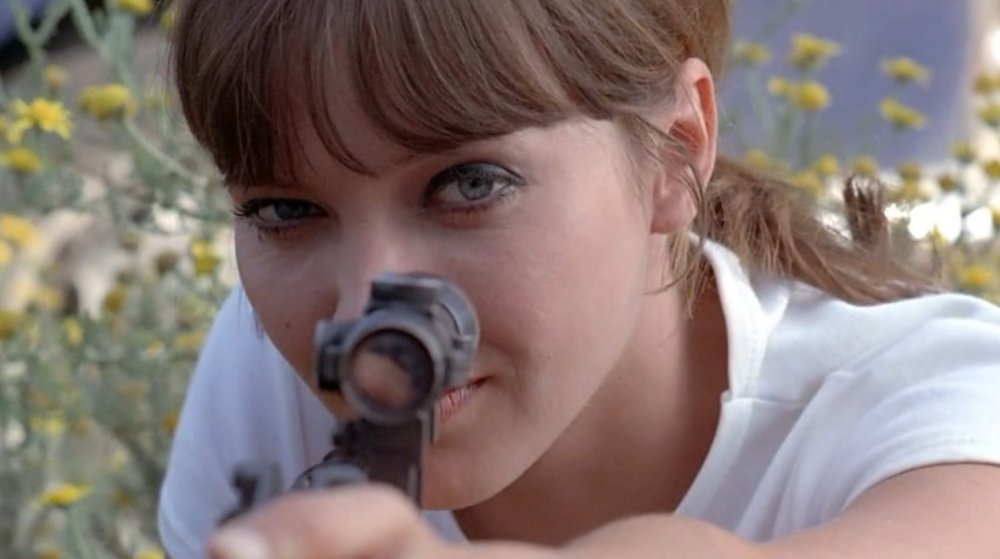
When we speak about novelty and purposeful contrariety toward the longstanding dominating rules in cinema, the name Jean-Luc Godard is fairly the first one that crosses the mind. The leading figure of the French New Wave came to unsettle the waters of the European cinema with his 1960 maverick film “Breathless.” Godard’s artistic style stood out, not only due to its offbeat cinematography and narrative, but as a result of his deliberation on unconventional subjects and neglected social groups as well.
Among the uncountable pieces of Godard’s filmography, perhaps his 1965 “Pierrot le Fou” stands for the most complete, penetrative, and dreary breakthrough of the French director’s attentive-to-the-detail eye within subconscious.
The roles embodied by Jean-Paul Belmondo and Anna Karina, on a first level appear as two opposing poles of a charged unit. He’s deeply and incurably bored. She’s morally undefined and chased by outlaws. Substantially, both of them are repelled vagabonds in a haywire world of misery, alienation, and loneliness.
Trying to follow the story’s narration is a vain struggle that unavoidably leads toward a conceptual deadlock. The essentiality of this piece resurfaces by drifting into the limitless spiritual wandering of its iconic heroes, who desperately express their troubled, somber, and self-abused esoteric cosmos, until their predestined ending.